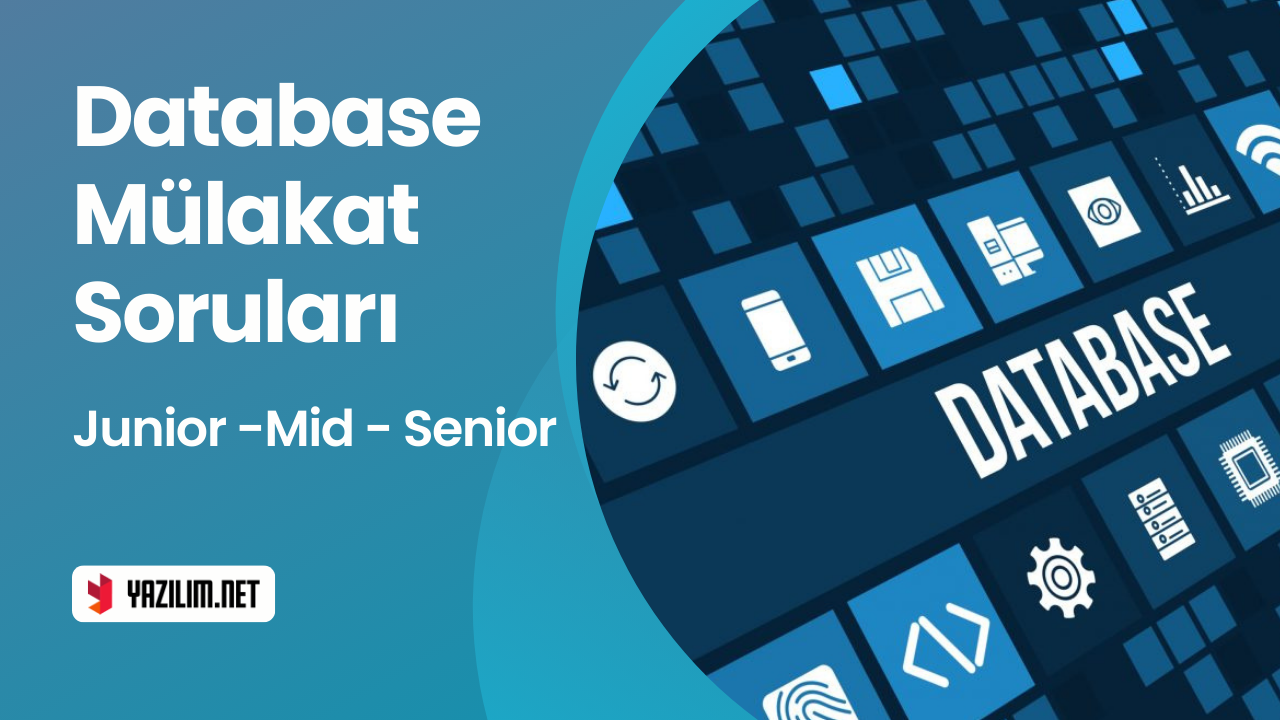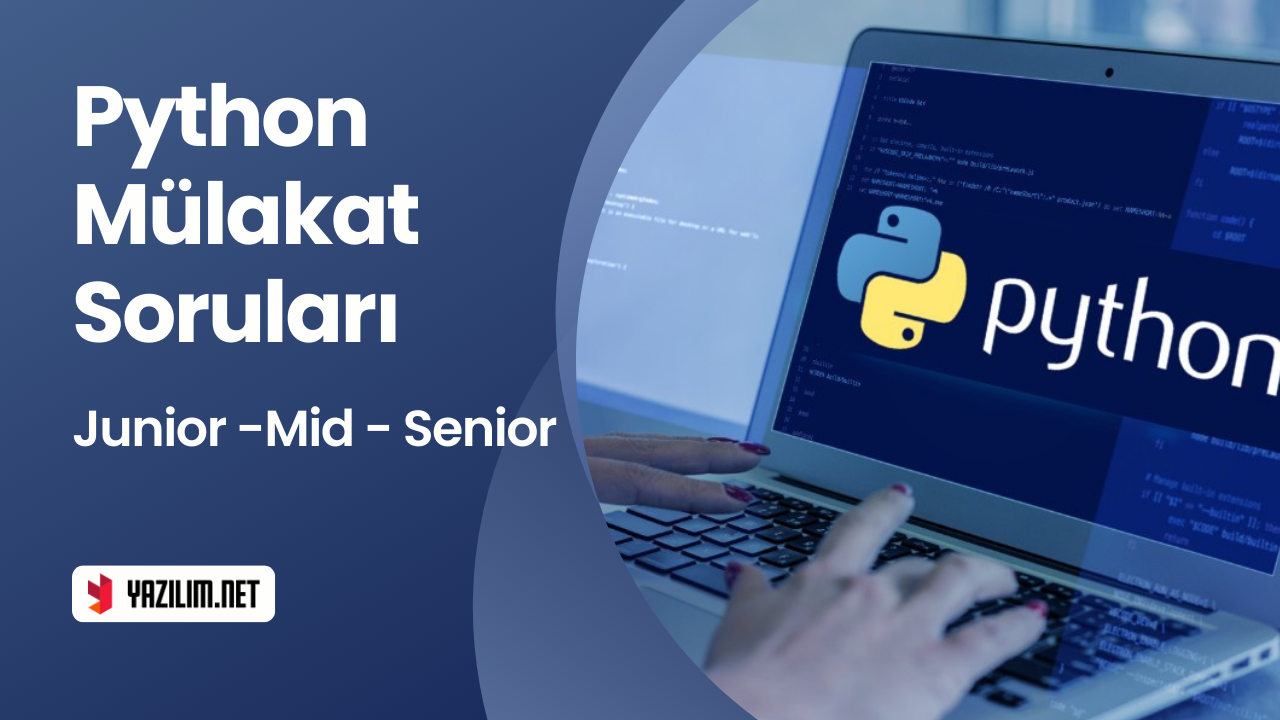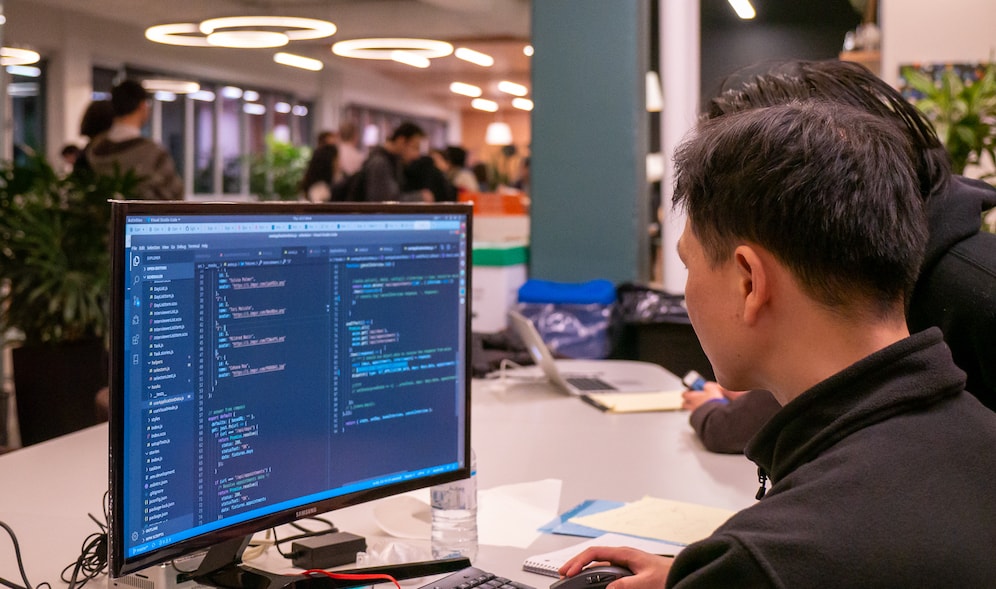RTOS stands for Real-Time Operating System. This operating system provides the application that processes the data with any buffering delay as soon as it comes in. Basically, they are used in cases where the time constraint is strictly followed. If there occurs any delay in processing, it will lead to system failure. The time in which the system takes the input, processes it, and shows the results is called Response Time. There is rapid switching between the programs giving an image of multiple programs running on a single processing core.
Why do we need it?Now you must have got an idea about what a real-time operating system is, but why do we need it? Let's look into some of the points that are in favor of using the operating system.
- We can have smaller and cleaner application codes as RTOS proved API functions.
- It provided priority-based scheduling which enables to separate critical processing from non-critical processing.
- It allows modular task-based development.
- Testing becomes easier due to modularity.
- An RTOS is event-driven with no time wastage on processing data for the event which does not occur which results in improved efficiency.
- Maintainability becomes easier because it has fewer interdependencies between modules due to its task-based designs.
- Background or idle processing is performed in the idle task. This ensures that things such as CPU load measurement, background CRC checking, etc will not affect the main processing.
- It also promotes team development as people work as developers and designers in different parts of the project.
Components:
RTOS has the following components:
There are the following types of RTOS.
1. Hard Real-Time: The deadline is strictly followed for this type, any amount of delay will not be tolerable. Any task that is started in a specified time must be ended in given time duration. Example: Airplane system, medical critical care.
2. Firm Real-Time: Deadlines are also followed in this type, but missing a deadline may not have large impacts. The only thing that could be seen are some undesired results. Example: Multimedia applications
3. Soft Real-Time: Deadlines are given under this type but any kind of delay is acceptable. Time constraints are handled softly. Example: Online Transaction System.
Factors to be considered when choosing an RTOS:RTOS:
- RTOS schedulers totally depend on the priority.
- RTOS does not contain a huge memory structure.
- Response Time is predictable in the case of RTOS.
- It has strict time bounds.
- They are scalable.
- Kernel operations are preempted
- RTOS follows time-based scheduling.
- They are mainly used in embedded applications.
GPOS:
- GTOS schedulers do not depend upon the priority.
- GTOS contains a huge memory structure.
- Response Time is unpredictable in the case of GTOS.
- It does not follow time bounds.
- They are not scalable.
- Kernel operations may not be preempted.
- GTOS follows process-based scheduling.
- They are basically for laptops and PCs.
- RTOS cannot be totally used for multitasking, they concatenate fewer tasks.
- Cost increases due to the use of plenty of resources.
- Tasks with low priority take a long time to get executed.
- The algorithms that the kit uses are sometimes difficult to understand.
- RTOS requires some specific drivers which help it in achieving faster response time.
- In Real-Time OS, using the error handling task is very difficult.
- Need a proficient programmer for writing the piece of code to RTOS.
Applications of RTOS:
- Reservation in Airlines
- Ensuring safety for aircraft in the air and on the ground.
- Real-time updates in the systems
- Date and time update in stock markets.
- Applications used for defense.
- In controlling fuel injections
- In various equipment used in industries.
- In government applications
- Anti-locking systems
- In various medical science applications
Conclusion:
RTOS has given a new face to the applications. It has greatly affected the development and design of various systems. It enabled the engineering teams to develop together. Now, it's possible to make efficient use of resources which in turn improves the functional behavior of the applications. To learn more about the operating system and to read about some important interview questions related to this, refer to this link.






